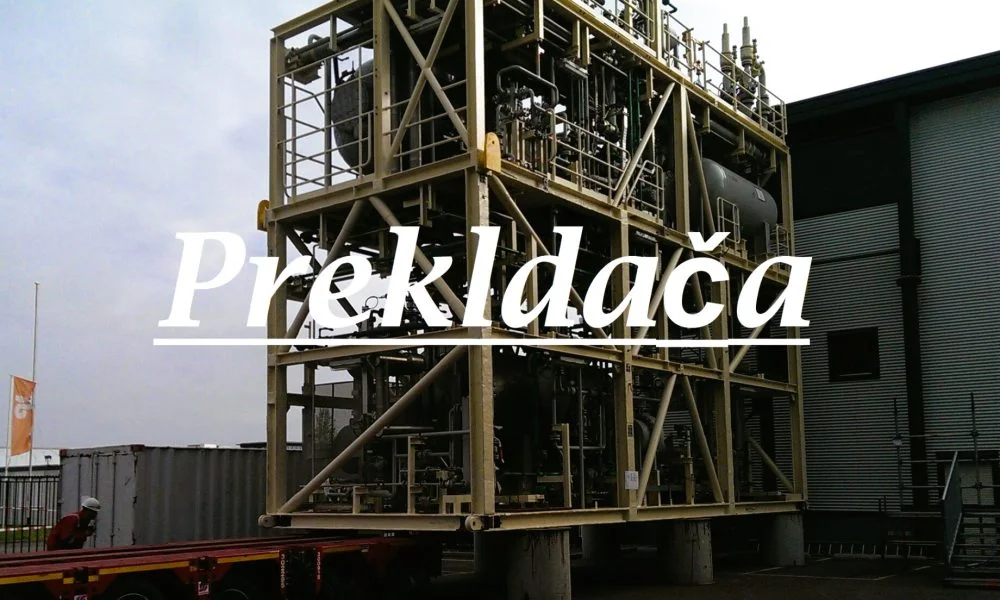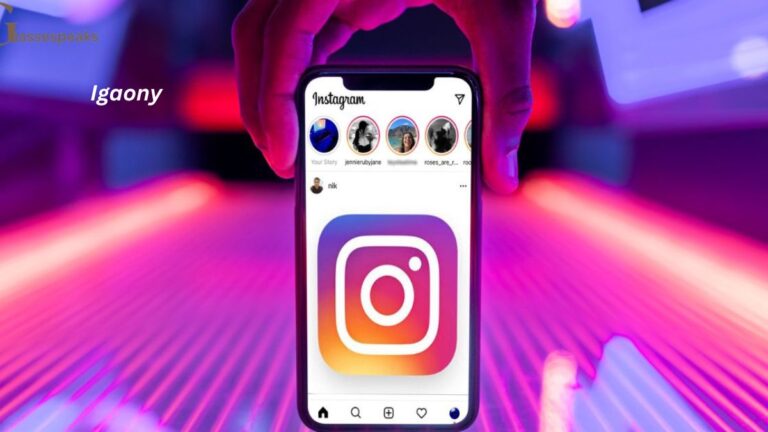
Understanding Prekldača: The Role of Translators in the Digital Age
Introduction to Prekldača
Language barriers have always been a significant challenge in communication, especially in our increasingly interconnected world. “Prekldača,” which translates to “translator” in Slovak, refers to tools or individuals that help bridge these language gaps. Whether it’s translating a simple phrase or interpreting a complex document, translation services are vital in ensuring clear and effective communication across different languages.
The Evolution of Translation Tools
From Human Translators to Digital Tools
Historically, translation was a task performed exclusively by human translators, requiring a deep understanding of both the source and target languages. These translators played a crucial role in diplomacy, literature, and international trade. However, with the advent of technology, the landscape of translation has dramatically changed.
The Rise of Machine Translation
The development of machine translation began in the mid-20th century, with early efforts focusing on simple word-for-word translation. Over time, these systems have evolved, incorporating complex algorithms and artificial intelligence (AI) to improve accuracy and fluency. Today, tools like Google Translate, DeepL, and Microsoft Translator are widely used, making it easier than ever to communicate across language barriers.
How Modern Translators (Prekldača) Work
Understanding Machine Learning and AI in Translation
Modern translation tools rely heavily on AI and machine learning. These systems are trained on vast datasets of bilingual texts, allowing them to recognize patterns and make educated guesses about how to translate new phrases and sentences. The more data they are exposed to, the better they become at predicting accurate translations.
Neural Machine Translation (NMT)
Neural Machine Translation (NMT) is one of the latest advancements in the field. Unlike earlier models that translated text piece by piece, NMT considers entire sentences, leading to more coherent and natural-sounding translations. This method has significantly improved the quality of translations, making them more reliable for both casual and professional use.
The Importance of Translation Tools in Global Communication
Breaking Down Language Barriers
Translation tools like prekldača are essential for breaking down language barriers, enabling people from different linguistic backgrounds to communicate effectively. Whether for business, travel, or social interactions, these tools help foster understanding and collaboration on a global scale.
Supporting Multilingual Content Creation
In today’s digital world, content creators often need to reach audiences in multiple languages. Translation tools facilitate this process by providing quick and cost-effective solutions for translating blogs, social media posts, websites, and more. This capability is especially crucial for businesses looking to expand their reach into new markets.
Enhancing Education and Learning
Language learning has also benefited greatly from translation tools. Students and educators can use these resources to supplement their language studies, gaining access to materials and resources that would otherwise be unavailable. Additionally, these tools can help learners practice and improve their language skills by providing instant feedback and corrections.
Challenges Faced by Translation Tools
Accuracy and Context
Despite their advancements, translation tools are not without their challenges. One of the primary issues is accuracy, particularly when it comes to idiomatic expressions, cultural references, and context-specific meanings. Machine translators can struggle with these nuances, leading to translations that may be technically correct but contextually off.
Handling Complex Sentences and Technical Jargon
Another challenge is translating complex sentences and technical jargon. While machine translation can handle simple, straightforward sentences quite well, it often falters when faced with industry-specific terminology or complex legal, medical, or scientific texts. In such cases, human translators are still essential to ensure precision and clarity.
The Role of Human Translators in the Age of Prekldača
Complementing Machine Translation
While machine translation tools have become incredibly powerful, human translators remain indispensable, especially for tasks that require a deep understanding of context, tone, and cultural nuances. Many professional translators use these tools as a starting point, refining and adjusting the machine-generated translations to ensure they are accurate and appropriate for the intended audience.
Quality Assurance in Professional Translation
Human translators are also crucial for quality assurance. Even the best machine translation systems can make errors or produce awkward phrasing. Human translators review and edit these translations, ensuring they meet the high standards required for official documents, publications, and other critical communications.
Popular Prekldača Tools and Their Features
Google Translate
Google Translate is perhaps the most well-known translation tool, offering support for over 100 languages. It provides text, voice, and image translation, making it versatile and easy to use for various needs.
DeepL Translator
DeepL is known for its high-quality translations, particularly when it comes to European languages. It uses advanced AI techniques to deliver more natural-sounding translations, making it a popular choice for professionals.
Microsoft Translator
Microsoft Translator offers a range of features, including real-time translation for conversations and integration with Microsoft Office. It supports both text and speech translation, making it a powerful tool for business and travel.
Yandex.Translate
Yandex.Translate, popular in Russia and surrounding regions, offers translation for text, websites, and images. It’s particularly known for its accuracy in translating between Russian and other languages.
The Future of Prekldača: What to Expect
Continued Advancements in AI and Machine Learning
As AI and machine learning continue to advance, we can expect even more accurate and nuanced translations from tools like prekldača. These improvements will likely involve better handling of context, tone, and cultural references, making machine translation more reliable for complex tasks.
Greater Integration with Everyday Technology
Translation tools are increasingly being integrated into everyday technology, from smart devices to social media platforms. This trend will likely continue, making instant translation a standard feature in many aspects of our digital lives.
The Rise of Real-Time Translation
Real-time translation is an exciting area of development, with the potential to enable seamless communication across languages in live settings. This technology is already being used in international conferences, online meetings, and even casual conversations, and its capabilities will only improve in the coming years.
Conclusion
Prekldača, or translation tools, have revolutionized the way we communicate across languages. While they have made tremendous strides, the role of human translators remains crucial in ensuring accuracy and cultural sensitivity. As technology continues to evolve, the collaboration between humans and machines will likely lead to even more sophisticated and effective translation solutions, further breaking down language barriers and connecting people across the globe.



